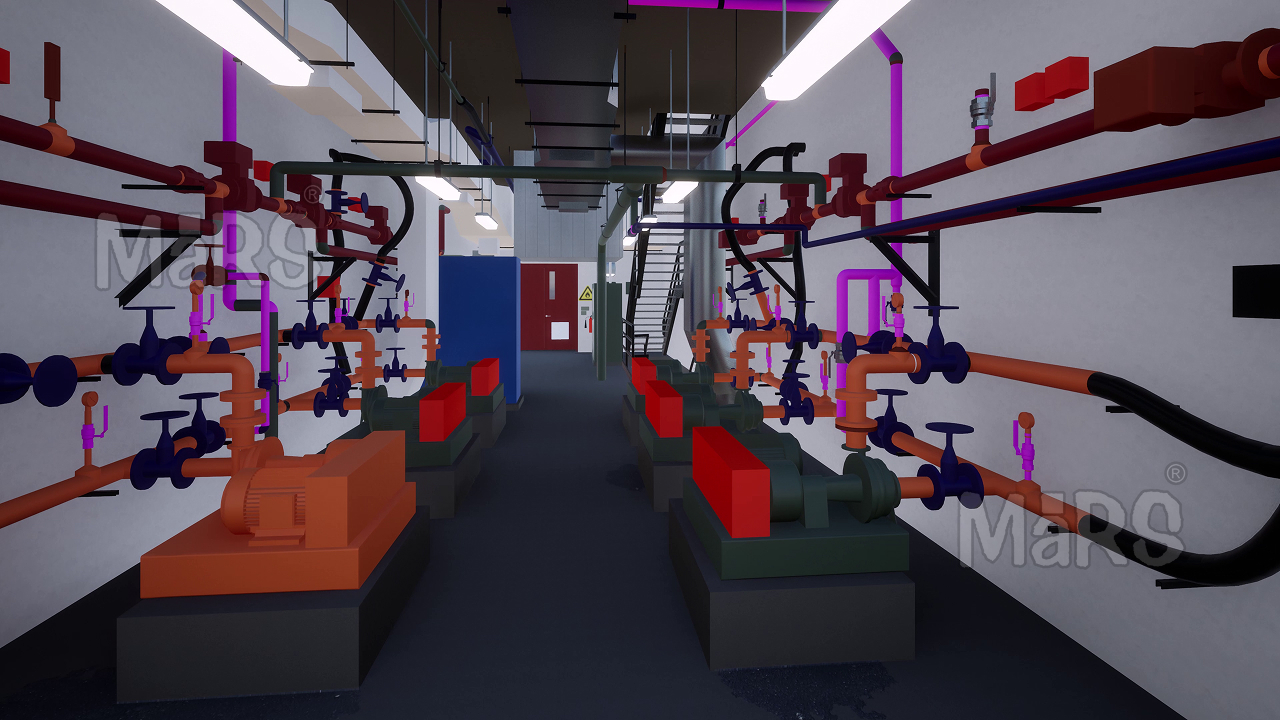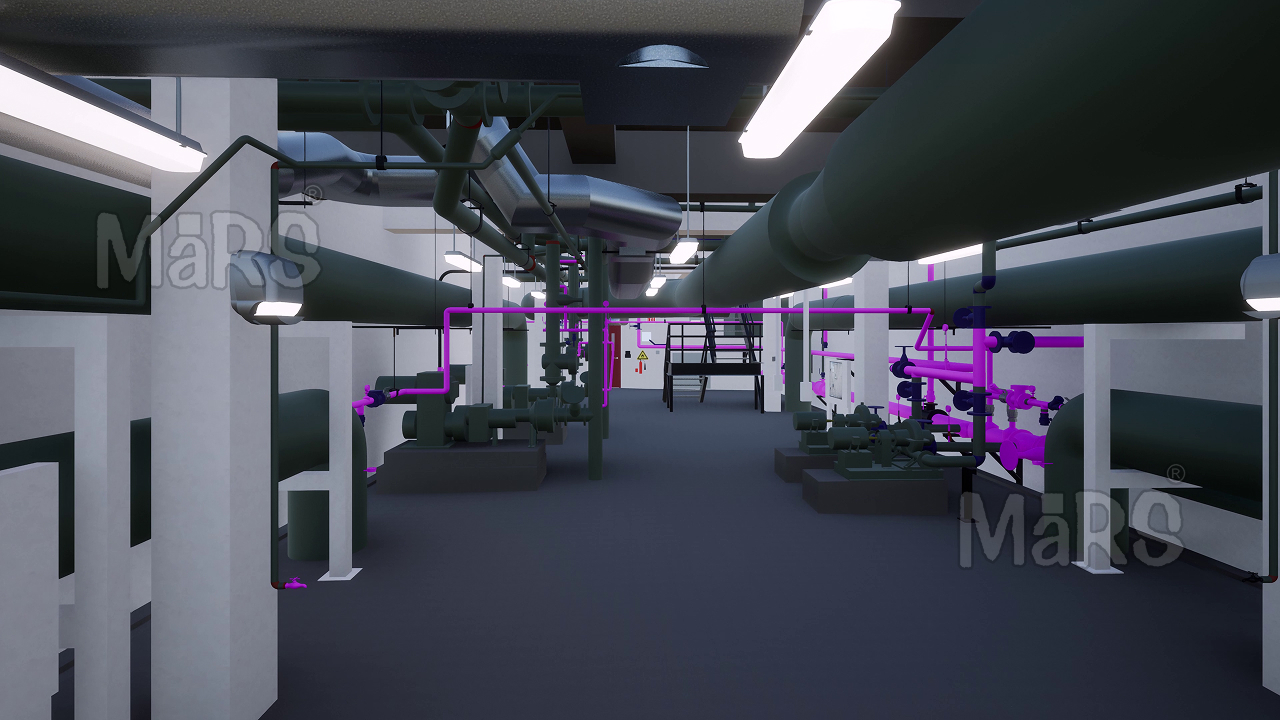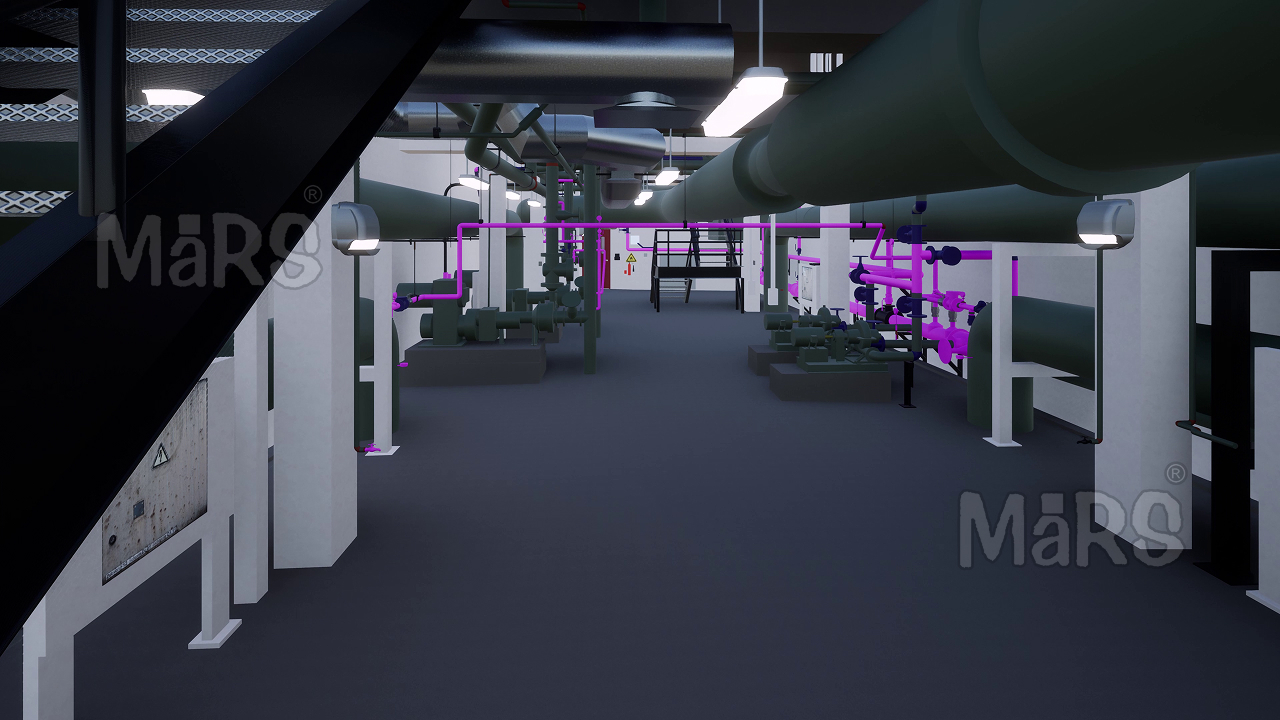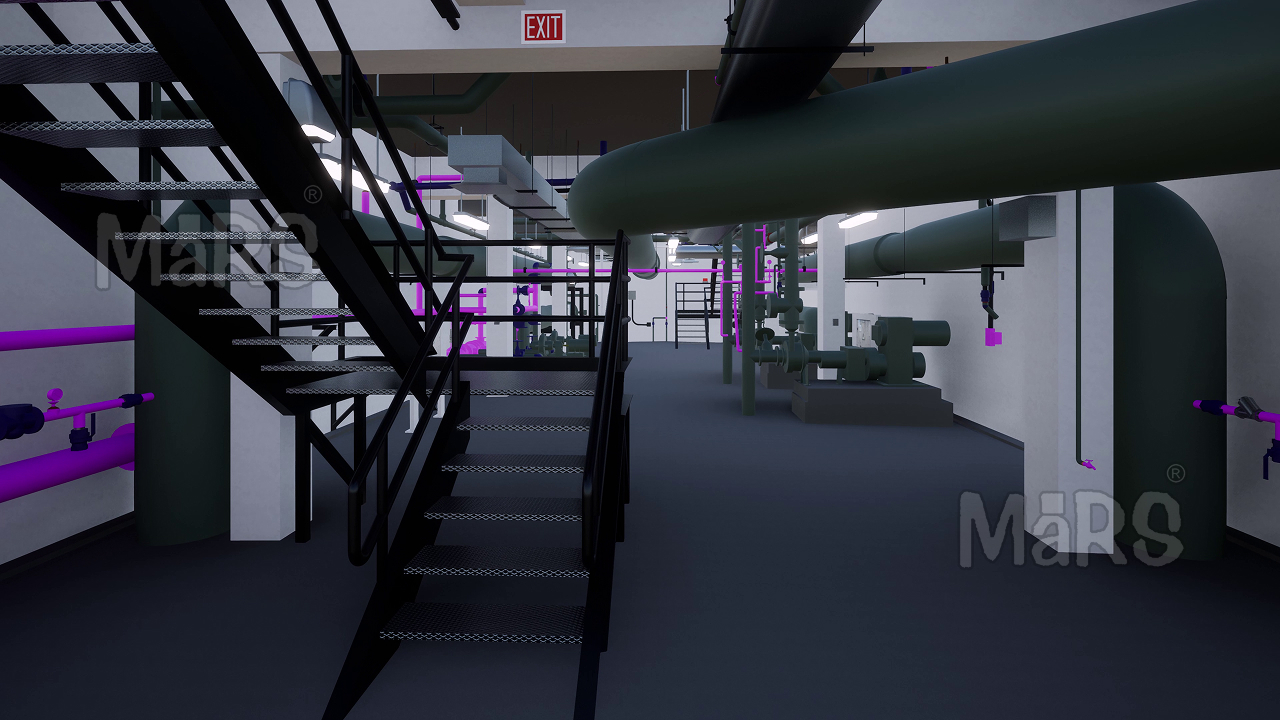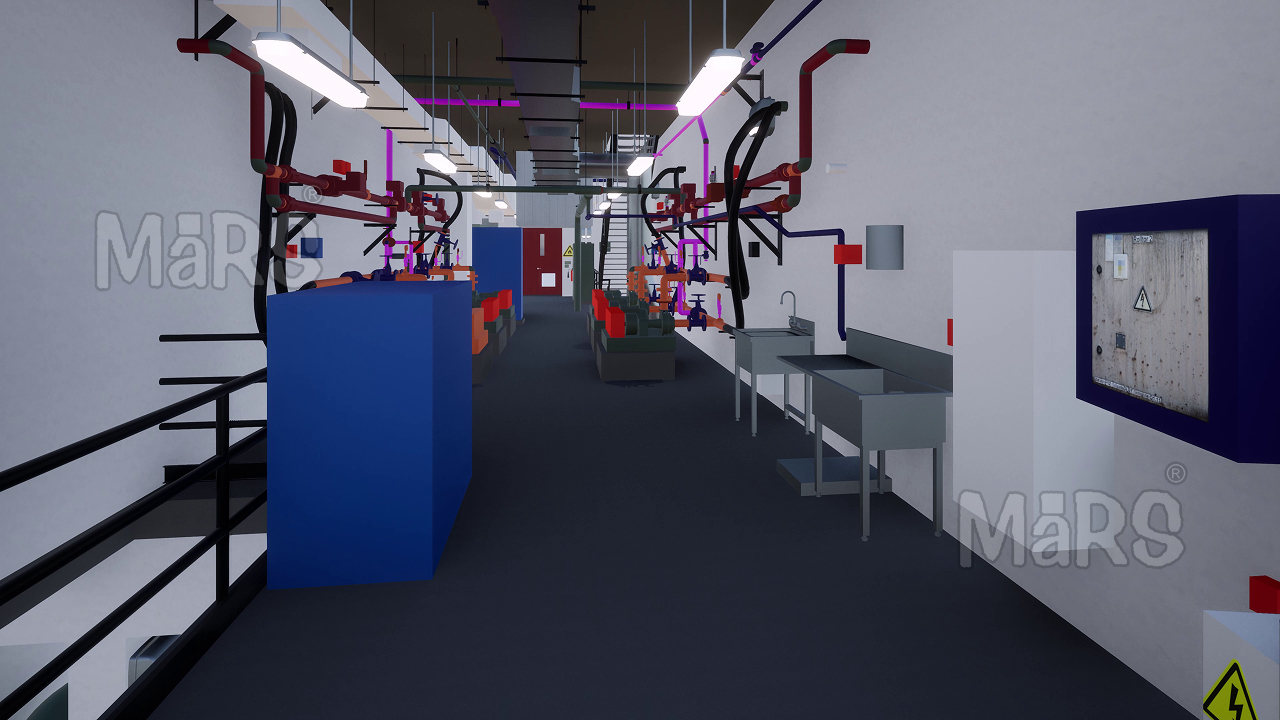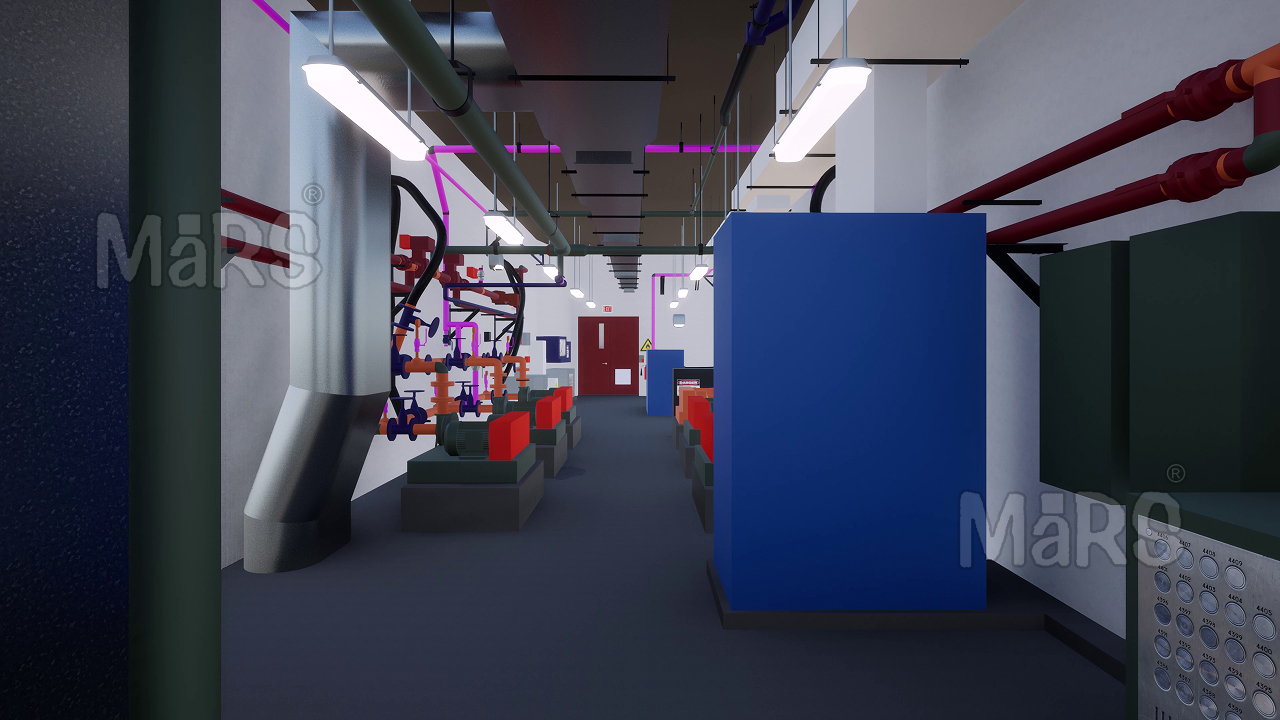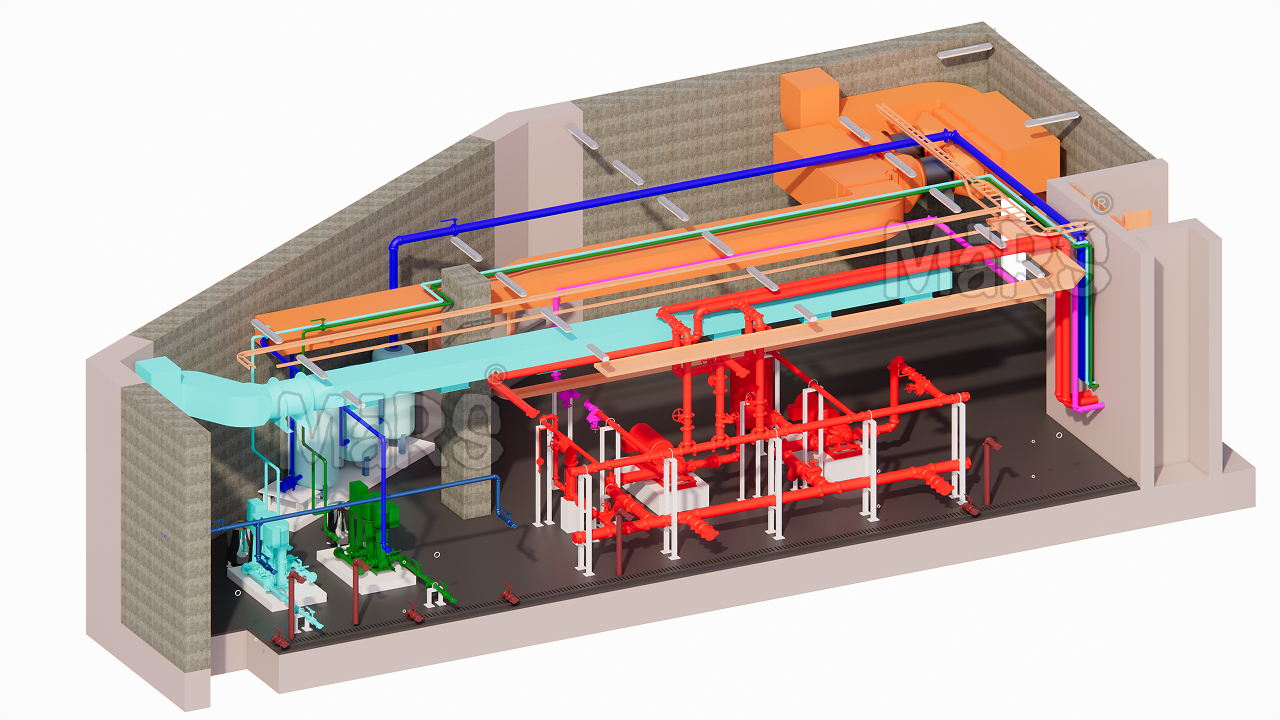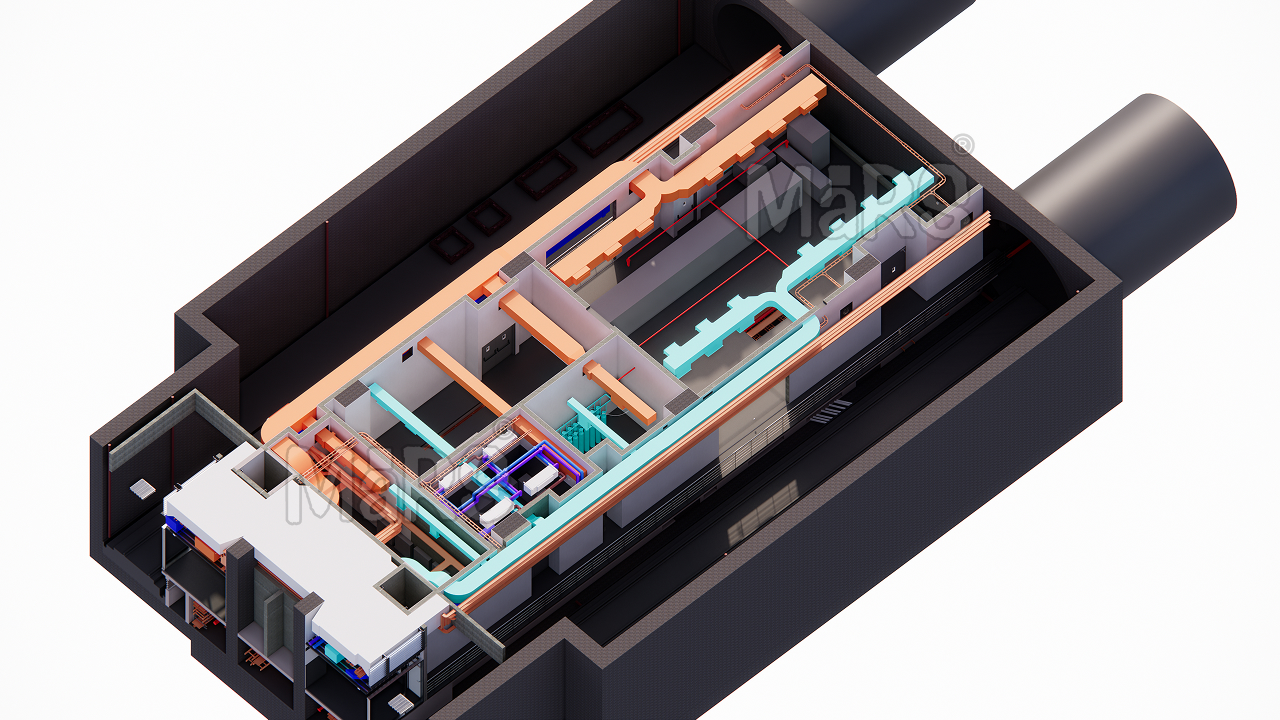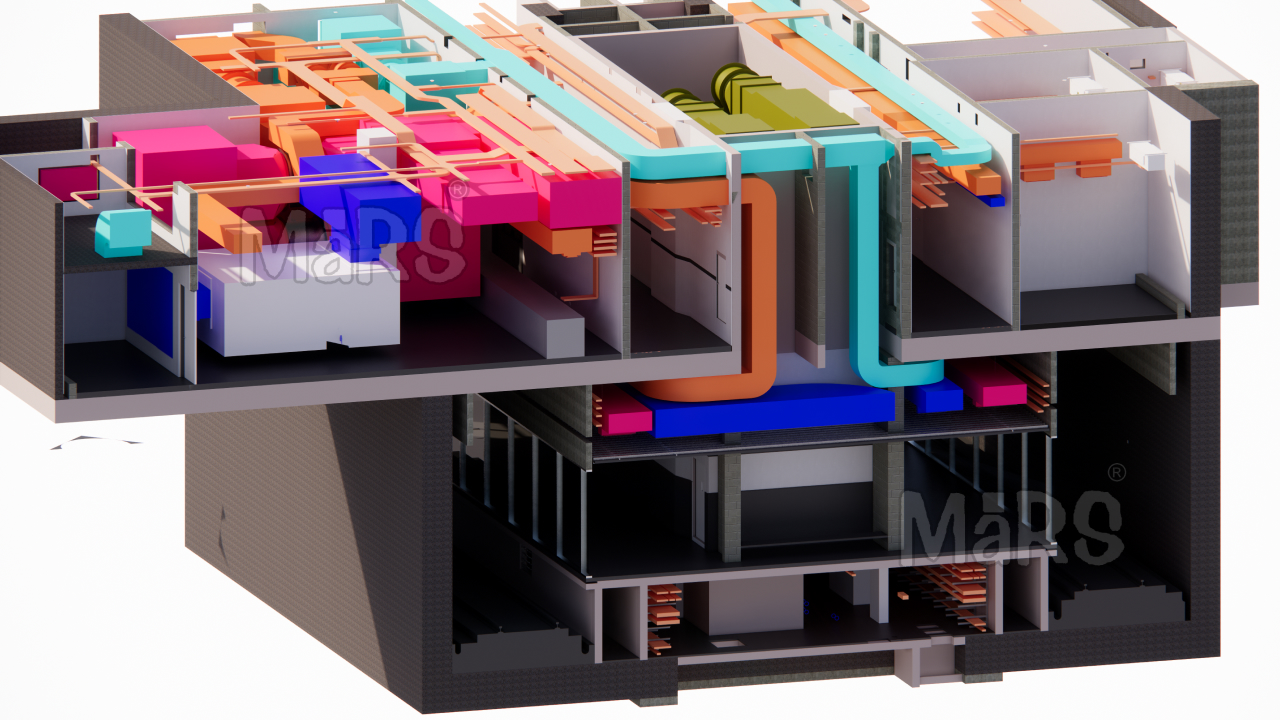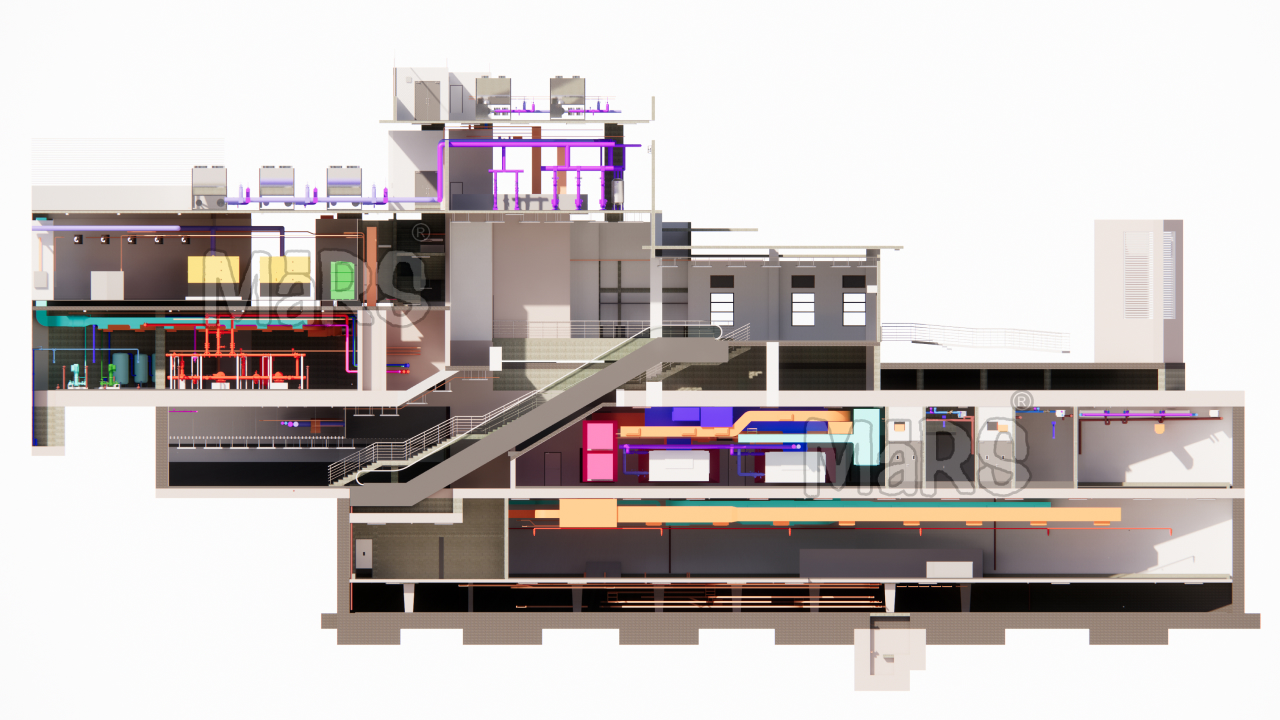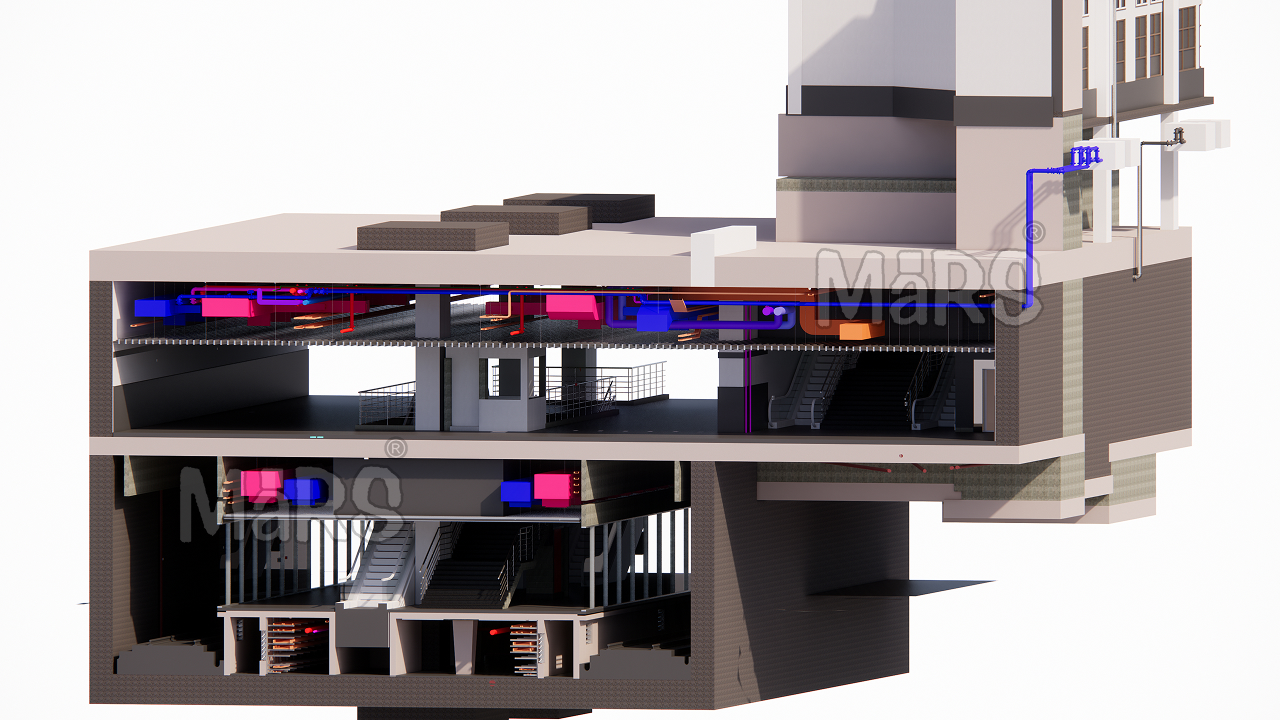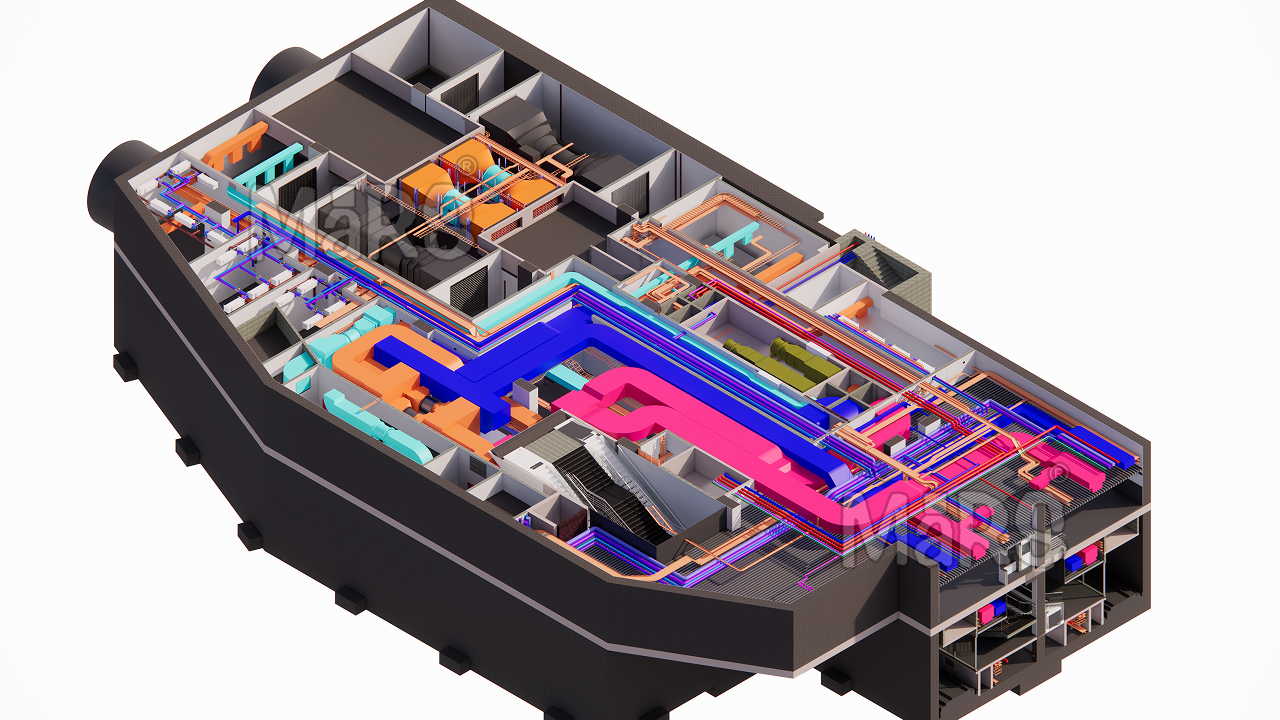BIM Services for
Government Projects
Developing digital models for government facilities and infrastructure projects.
Request Your Quote
MaRS BIM Solutions offers specialized BIM services for government construction projects, including public infrastructure, healthcare facilities, transport systems, and administrative buildings. Our BIM expertise enables precise design coordination, seamless integration of MEP systems, and compliance with government standards. We support stakeholders with clear 3D visualizations, clash detection, quantity take-offs, and documentation that ensures smoother approvals and efficient project execution across all phases.
20 +
Years Experience
265 +
Qualified Employees
1800 +
Projects Completed
BIM Support for Government Construction and Renovation
Government construction projects—such as hospitals, highways, schools, airports, and public housing—require detailed planning, coordination, and strict compliance with quality standards. To meet these needs, BIM plays a key role in improving the way government buildings and infrastructure are designed, built, and managed.
At MaRS BIM Solutions, we specialize in providing BIM services for government projects. From early design stages to facility management, our BIM experts support public sector clients with accurate 3D modeling, clash detection, quantity take-offs, and 4D/5D simulations. Our services help ensure smooth coordination between architects, engineers, and contractors—reducing rework, delays, and cost overruns.
Government agencies are increasingly mandating BIM to improve transparency, data accuracy, and long-term asset performance. Our team follows international BIM standards like ISO 19650, LOD (Level of Development) specifications, and delivers models in formats such as IFC and COBie for open collaboration and data exchange.

Why Government Projects Need BIM
Better Planning and Design Coordination
Accurate Quantity Take-Offs (QTO)
Construction Scheduling (4D BIM)
Transparency and Accountability
Facility Management and Maintenance (6D BIM)
Sustainability and Smart City Goals
Our Government BIM Services Include
BIM for Roads & Highways
We create detailed BIM models for transportation infrastructure like expressways, flyovers, and urban roads. Our models help with route planning, utility coordination, drainage design, and 4D construction simulation—supporting better traffic flow, safety, and long-term maintenance.
BIM for Airports and Transit Systems
Our airport BIM services support the planning and development of runways, terminals, control towers, and passenger movement systems. We focus on spatial coordination, system integration, and sustainability, helping aviation projects meet international safety and efficiency standards.
BIM for Rail & Metro Projects
We provide BIM models for rail corridors, metro stations, elevated tracks, tunnels, and signaling systems. With 3D modeling, clash detection, and scheduling tools, we ensure streamlined coordination across civil, structural, and MEP elements of mass transit projects.
BIM for Hospitals and Public Health Infrastructure
Healthcare facilities require complex system coordination. Our BIM models for hospitals include operating theaters, HVAC systems, fire safety layouts, and medical equipment zones—ensuring compliance with health codes and smooth facility operations.
BIM for Educational Institutions
We offer BIM support for the construction and expansion of schools, colleges, universities, and training centers. Our models improve space utilization, energy efficiency, and help government agencies manage large campuses over time.
BIM for Smart Cities & Utility Infrastructure
We deliver BIM solutions for smart city development projects like water supply systems, underground utilities, waste management, lighting, and telecom networks. Our geospatially accurate models support GIS integration, helping cities become smarter and more efficient.
Scan to BIM for Renovation & Restoration of Government Buildings
We convert laser-scanned point cloud data into intelligent BIM models for heritage structures, courthouses, administrative offices, and public monuments. These models support renovation, retrofitting, and preservation while maintaining historical accuracy.

BIM During Tender & Bidding Stage
Winning a government contract is highly competitive. Accuracy, clarity, and compliance are key—this is where BIM gives AEC firms a real advantage during the tender and bidding process.
At MaRS BIM Solutions, we support contractors, architects, and engineers with BIM models for bid submissions, helping you stand out with clear visuals, precise data, and strong technical documentation.

We create detailed 3D models that visually communicate your design intent to government review committees. These models showcase the building layout, materials, space planning, and structural elements—helping decision-makers understand your proposal quickly and clearly.
Our BIM models include accurate quantities and measurements for all building components. These QTOs are linked to the 3D model (5D BIM), helping you submit reliable cost estimates and build trust with public agencies.
Before bidding, we run clash detection and design coordination checks using tools like Navisworks. This helps identify design conflicts, spatial issues, and other risks early—demonstrating that your bid is technically sound and construction-ready.
We also prepare compliance-ready drawings, such as:
- Cover sheets
- Floor plans and sections
- Elevations and detail drawings
- Schedule tables and annotations
We deliver models and documents in IFC, RVT, DWG, and PDF formats, ensuring compatibility with government software requirements and platforms.
Standards and Compliance We Follow
At MaRS BIM Solutions, we understand that government projects demand strict compliance with local and international BIM standards. Our team ensures that every model, drawing, and data set meets the technical guidelines and quality benchmarks required for public-sector construction.
We follow the internationally recognized ISO 19650 series for managing information throughout the project lifecycle. Before ISO, our team was already aligned with PAS 1192, which formed the foundation of today’s BIM standards.
These frameworks ensure:
- Organized data management
- Consistent naming and file structuring
- Proper information exchange across all stakeholders
We adapt our workflows based on the specific BIM mandates of each country, including:
- UK Government BIM Level 2 compliance
- India’s CPWD BIM Guidelines
- USA’s GSA BIM Guide
- Saudi Arabia’s National BIM Program
This helps our clients meet eligibility and technical requirements in government tenders worldwide.
We deliver BIM models across all LOD stages:
- LOD 100 – Conceptual design
- LOD 200 – Approximate geometry
- LOD 300 – Accurate modeling with dimensions
- LOD 400 – Fabrication-ready detail
- LOD 500 – As-built and facility management data
Each level is defined based on project needs and government submission guidelines.
We support industry-standard and open file formats for seamless collaboration:
- IFC (Industry Foundation Classes) for cross-platform data sharing
- COBie (Construction-Operations Building Information Exchange) for asset and facility data handover
- RVT, DWG, PDF for native and readable file submissions
This ensures our BIM models are fully compatible with government platforms and public project requirements.
Project Lifecycle Support
BIM during Design Stage
During the design phase, our BIM models bring clarity and accuracy to the planning process. We help architects, engineers, and planners create coordinated 3D models that integrate all building systems—structural, MEP, architectural, and more. This leads to:
- Improved collaboration between design teams
- Clash detection to identify and resolve conflicts early
- Enhanced visualizations for better decision-making
- Accurate quantity take-offs (QTO) for cost estimation
Our models provide detailed insight into building performance and allow for easy modifications during design development, reducing costly changes later.
BIM during Construction Stage
BIM truly shines during the construction phase, where it acts as a digital blueprint for on-site coordination and execution. We support contractors with:
- 4D construction scheduling, linking the BIM model to the project timeline
- Construction sequencing, helping visualize and plan each phase
- Clash detection and coordination, minimizing rework and delays
- Real-time updates to keep all stakeholders informed about project progress
- Document management with centralized access to up-to-date plans, RFIs, and change orders
With BIM, your construction teams can reduce waste, optimize material usage, and improve safety while ensuring timely project delivery.
BIM for Facility Management & Operation
Once the building is complete, our 6D BIM models support facility management (FM), allowing government agencies to operate and maintain buildings more efficiently. We provide:
- Asset management, with all building components and equipment cataloged for future maintenance
- Preventive maintenance schedules, linked directly to the BIM model
- As-built data, ensuring all modifications during construction are reflected in the final model
- Energy performance tracking to optimize building operations and reduce costs
Our BIM models are a valuable resource for government facility managers, helping them make data-driven decisions to prolong the life of the building and improve its efficiency.
Our Experience in Government Projects
MaRS BIM Solutions successfully delivered BIM services for a Water Treatment Plant spread across 100,000 square meters in Nevada. Our team developed a LOD 400 model using Revit, AutoCAD, and Navisworks, ensuring accurate detailing for construction and fabrication. The model included structural, architectural, and MEP elements, fully coordinated to reduce clashes and streamline the construction workflow. We also supported the client with 3D visualization and quantity take-offs, helping them make faster decisions and maintain high quality throughout the design and build process.
We provided advanced BIM support for a Metro Station project covering 60,000 square feet in the USA. This complex infrastructure project required a LOD 400 model to accurately represent all components for construction and coordination. Using Revit and Navisworks, our team created a highly detailed and clash-free 3D model, integrating architectural, structural, and MEP systems. The BIM model helped in planning construction phases, detecting design issues early, and improving collaboration among stakeholders, ultimately contributing to a smooth and efficient execution.
Benefits of Choosing MaRS BIM for Government Projects
Expertise in Large-Scale Public Infrastructure
With over 20 years of experience, MaRS BIM has successfully delivered numerous large-scale government projects, ranging from hospitals and transportation systems to smart cities and public utilities. Our team of 250+ BIM specialists includes architects, engineers, and modelers with in-depth knowledge of the unique needs of government infrastructure. We ensure that every project is completed on time, on budget, and in full compliance with all regulatory requirements.
Data Security and NDA Compliance
At MaRS BIM Solutions, we prioritize the security and confidentiality of our clients' project data. We strictly follow robust data protection protocols and are fully compliant with Non-Disclosure Agreements (NDAs). Sensitive government project information is handled with the highest level of security, ensuring that all models, drawings, and project details remain confidential throughout the project lifecycle. Our team is trained in secure data management practices, giving you peace of mind when collaborating with us.
Fast Turnaround with Scalable Team
Government projects often have tight deadlines. With a scalable team of 250+ experts, we are well-equipped to manage projects of any size. Whether it's a single facility or a nationwide infrastructure initiative, we can scale up our resources to ensure fast turnaround times without compromising quality. Our team is flexible and able to handle peak workloads, making us the perfect partner for high-priority government projects.
Cloud-Based Collaboration Using BIM 360 / ACC
We use Autodesk BIM 360 and Autodesk Construction Cloud (ACC) to enable real-time collaboration on government projects. These cloud platforms allow all project stakeholders to access updated models, drawings, and documents anytime, improving coordination, speeding up approvals, and ensuring smooth project execution.
Schedule Your Free BIM Consultation
Get a free consultation with our Government BIM experts. We’ll discuss your project needs and offer tailored solutions backed by successful case studies.
Testimonials
Working with MaRS BIM on our metro station project was a game-changer. Their BIM models helped us visualize and plan the construction phases more efficiently, reducing delays and minimizing errors.
James Parker
California
The Scan to BIM service for our heritage building restoration in the UK was exceptional. The team’s ability to accurately capture and model the historical elements while adhering to preservation guidelines was impressive.
Helen Davis
Texas
MaRS BIM’s cloud-based collaboration tools made it easy for our team to stay connected and share real-time updates on our smart city infrastructure project in Saudi Arabia. Their expertise was key to meeting our sustainability goals.
Nolan Hawthorne
Chicago
We were impressed by MaRS BIM’s thoroughness in delivering as-built models and asset data for our government building renovation. Their models made our facility management process much smoother.
David Lee
New York
FAQs
BIM Level 2 is commonly required for most government tenders, especially for large-scale public infrastructure projects. BIM Level 2 focuses on collaborative working, with 3D modeling, data sharing, and information management through a central BIM system. This level ensures:
- Coordination between various disciplines (architecture, structural, MEP, etc.)
- Clash detection to resolve design conflicts before construction
- Document management to ensure all stakeholders have access to the latest project information
For more complex projects, some government agencies may require BIM Level 3, which includes more advanced features such as full integration of real-time data and cloud-based collaboration. It’s essential to check the specific tender requirements for each project.
Yes, we provide IFC-compliant models for all our BIM services. Industry Foundation Classes (IFC) is an open standard format widely used for sharing BIM data across different software platforms. Our team ensures that all models are created and delivered in IFC format, enabling seamless interoperability between different stakeholders and software systems. This is particularly important for government projects, where compatibility and data exchange with various agencies and contractors are essential.
BIM offers several key benefits for government projects:
- Enhanced coordination and collaboration: BIM provides a centralized platform where all project stakeholders—architects, engineers, contractors, and government agencies—can work together in real-time.
- Clash detection: BIM helps identify potential conflicts in design early in the process, reducing the risk of delays and costly rework during construction.
- Cost and time savings: With better planning, simulation, and coordination, government projects can be delivered more efficiently, often within budget and on schedule.
- Improved decision-making: BIM provides clear, accurate visualizations that help stakeholders make informed decisions throughout the project lifecycle.
Data security is a top priority for MaRS BIM Solutions. We adhere to strict standards to protect project data:
- Encrypted file transfers and storage: All project data is encrypted both in transit and at rest.
- Access controls: We use role-based access controls to ensure only authorized personnel can access sensitive project data.
- Compliance with local and international data protection laws: We follow strict guidelines for data security, including compliance with GDPR and other relevant regulations, ensuring that all sensitive information is securely handled.
We provide BIM models and documents in a variety of formats to meet the needs of government agencies and contractors:
- IFC (Industry Foundation Classes) for open, interoperable data exchange
- COBie (Construction-Operations Building Information Exchange) for asset and facility management data
- RVT (Revit) for detailed 3D modeling
- DWG, PDF, and Excel for general drawings, documentation, and quantity take-offs
This flexibility ensures that all stakeholders can easily access and work with the project data.
Yes, we have extensive experience with large-scale government infrastructure projects, including:
- Transportation systems (roads, highways, rail, metro, airports)
- Healthcare facilities (hospitals, public health centers)
- Public buildings (government offices, heritage buildings)
- Smart cities and utility infrastructure
With a team of 250+ professionals and the ability to scale our resources, we are equipped to handle projects of any size, ensuring high-quality, timely, and efficient project delivery.
BIM plays a critical role in the renovation and restoration of government buildings:
- Scan to BIM: We use laser scanning to capture the as-built condition of existing buildings, creating highly accurate 3D models for renovation planning.
- Historical preservation: For heritage buildings, we ensure that BIM models adhere to historical preservation guidelines while modernizing the building systems for safety and functionality.
- Future-proofing: BIM provides a foundation for ongoing maintenance, helping government agencies manage assets and plan for future upgrades or renovations.
The turnaround time for BIM services depends on the complexity and size of the project. However, we pride ourselves on fast and efficient delivery:
- Small-scale projects (e.g., single buildings) may take 4–6 weeks for initial model development.
- Large infrastructure projects (e.g., highways, metro stations) may take 2–3 months for comprehensive modeling, clash detection, and coordination.
We work with you to establish clear timelines and milestones, ensuring that all deliverables are met on time.
BIM helps reduce risks by providing a detailed, data-rich model that allows project teams to:
- Identify potential design flaws early through clash detection and simulations
- Optimize construction schedules with 4D BIM, reducing delays and cost overruns
- Enhance safety with detailed modeling of construction sequencing and hazard identification
- Ensure compliance with regulations through accurate, up-to-date models that reflect all applicable codes and standards
Get In Touch
Feel free to reach out to us for any inquiries or to discuss your project needs.

